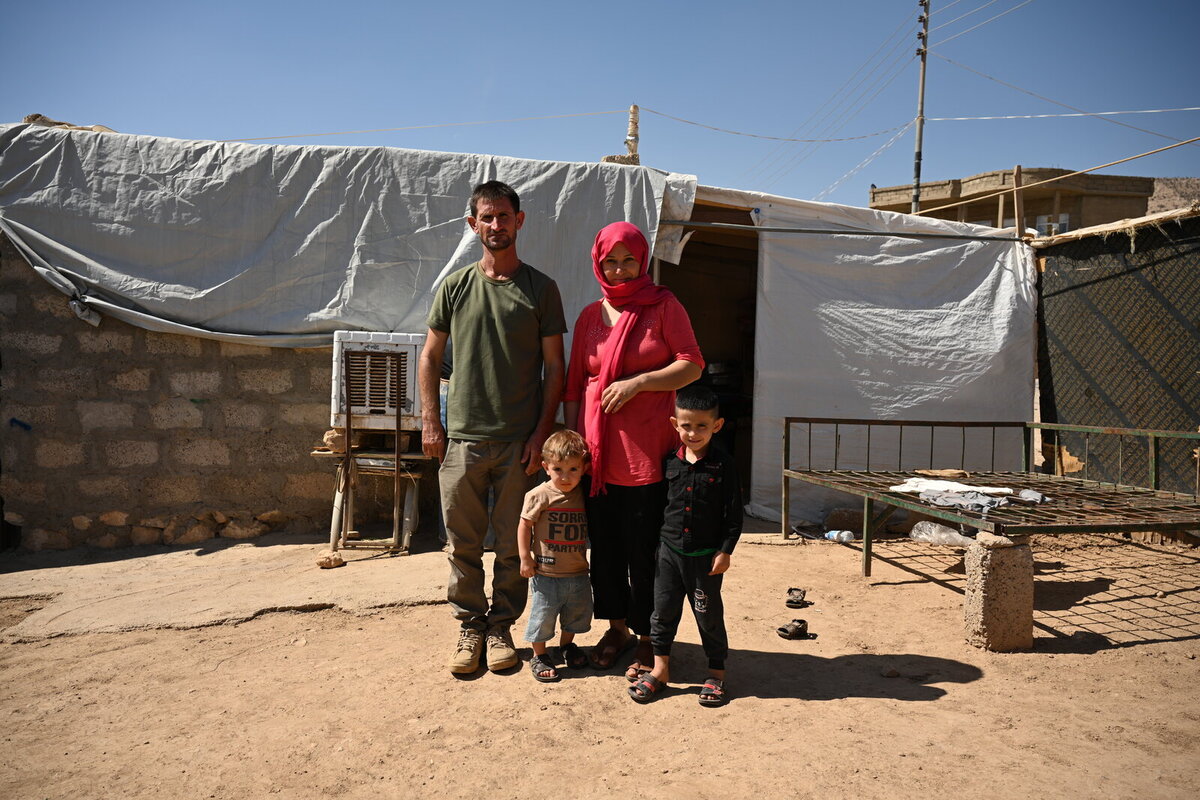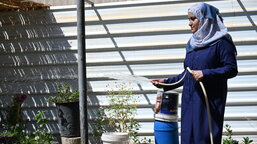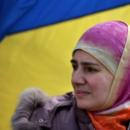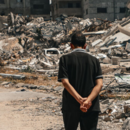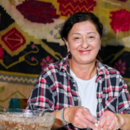Did you know that development aid has lifted over a billion people out of extreme poverty since 1990? Or that it can help people set up their own businesses or adapt to climate change? But also that receiving refugees into one’s own country should not be counted as development aid? Discover 6 interesting facts about development aid.
1. Development aid encourages economic growth
Development aid is a type of international help that aims to improve people's lives in the world's most disadvantaged regions. Development aid encourages economic growth, which reduces poverty. It supports initiatives private investors often neglect in areas such as healthcare, education, and more. For example, it helps people deal with the consequences of disasters, tackle diseases such as Ebola and malaria, and keep children healthy when facing famines. This type of aid can focus on small local initiatives or large national-level ones.
2. Development aid helps people secure their own livelihoods
Non-governmental organisations such as Caritas Czech Republic are also involved in development aid, setting initiatives that support the local communities. Some of those initiatives are trainings offered to people to upgrade their skills, which will then help them secure their own livelihoods. For example, in Iraq, Caritas Czech Republic helps the locals to set up their businesses and offers them management and business classes. In Zambia, development aid can take the form of distribution of drought-resistant seeds and training to farmers on how to withstand the effects of climate change.
3. Development aid makes a difference
The impact of development aid can be felt in multiple areas. Developmental aid is pivotal in promoting economic growth; it has lifted over a billion people out of extreme poverty since 1990. Stunting, characterised by both physical and cognitive growth failure due to chronic malnutrition, has steadily declined since 2000. Global higher education enrolment rates have also been impacted. They nearly doubled from 19% to 38% between 2000 and 2018, with women being the primary benefactors, seeing an increase from 19% to 41%.
4. Development aid is still needed
Despite the positive numbers shown above, extreme poverty is far from being eradicated. Today, almost 700 million people are still facing extreme poverty. Children are the biggest victims; they comprise more than half of those numbers. In addition, UNESCO declares that around 250 million children are now out of school, which means that progress in education is stagnating worldwide. Furthermore, as of last September, more than 114 million people worldwide were forcibly displaced as a result of persecution, conflict, violence, human rights violations, and events seriously disturbing public order. All those numbers are concerning, and they are all reasons why development aid is still essential.
5. Investment in development aid is mandatory for EU countries
The EU member states have committed to donating 0.7% of their gross national income as Official Development assistance (ODA). ODA is the main source of financing for development aid. Some countries, including the Czech Republic, argue that this target is too ambitious given their own economic status and have decided to set lower goal for themselves: 0.33% of their gross national income (GNI) by 2030. For years, the Czech Republic has been at the very end of donor countries with 0.13% of GNI, but in 2022, there was an enormous jump to 0.36% of the GNI, finally reaching its personal target. However, multiple actors, including Concord (the European Confederation of NGOs working on sustainable development and international cooperation), question the way the official development assistance is counted.
6. Receiving refugees into one's own country should not be counted as development aid
In 2022, the 27 countries of the EU reported 13.9 billion of Euros as in-donor refugee costs. This number is almost three times the average of the previous three years. The Czech Republic has one of the highest proportions, with its in-donor refugee cost representing more than 50% of its total reported official development assistance. This is mostly due to the inclusion of the funding allocated to support refugees from Ukraine.
“According to AidWatch, a yearly analytical report from Concord, it was found that 22.1% of all EU-reported official development assistance is not genuine development aid, but should be called inflated development aid. Almost all of it (16.8 out of the 22 percent) was spent on in-donor refugee costs, the spending countries made to welcome refugees in their own countries,“ explains Jan Líska, Institutional Funding Coordinator at Caritas Czech Republic. “Indeed, this does not promote economic development and welfare in partner countries but it is still counted by the countries as if it did,“ adds Líska. So while the Czech Republic announced that it provided 0.36% of its Gross National Income as official development assistance, its genuine ODA, excluding in-donor refugee cost, actually fell.
Although investing to help refugees is extremely important, it should not be considered development aid. Development aid should be spent on initiatives that take place in developing countries, not in donor countries.



